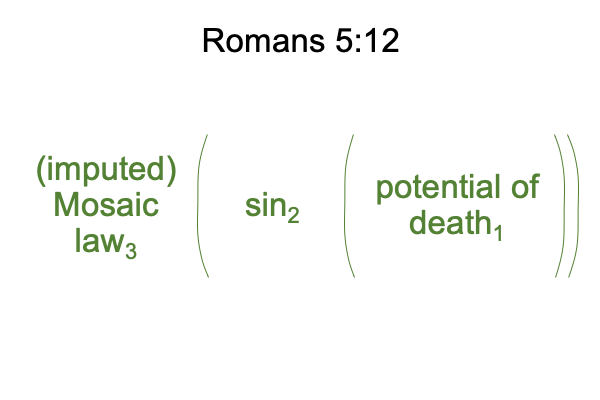Looking at John Perez Vargas, Johan Nieto Bravo and Juan Santamaria Rodriguez’s Essay (2020) “Hermeneutics and Phenomenology in… Social Sciences Research” (Part 18 of 18)
0064 So concludes this examination of an article published by three enterprising faculty at the Universidad Santo Tomas, Columbia. The full title of their article is, “Hermeneutics and Phenomenology in Human and Social Sciences Research”. The article is found in Civilizar: Cienceas Sociales y Humanas (volume 20(38), 2020, 137 to 146, DOI: https//doi.org/10.22518/jour.ccsh./2020.1a10). Again, I thank the authors for presenting in English.
0065 This article serves as a testing ground for arguments raised in prior reveries and commentaries on articles concerning phenomenology.
0066 The e-works, available at smashwords and other electronic e-book vendors, belong to the series, Phenomenology and the Positivist Intellect. They are here listed, along with this examination, which appears in April 2022 in the blog at www.raziemah.com.
Reverie on Mark Spencer’s Essay (2021) “The Many Phenomenological Reductions”
Comments on Joseph Trabbic’s Essay (2021) “Jean-Luc Marion and … First Philosophy”
Comments on Richard Colledge’s Essay (2021) “Thomism and Contemporary Phenomenology”
Comments on Jack Reynolds’ Book (2018) “Phenomenology, Naturalism and Science”
Looking at John Perez Vargas, Johan Nieto Bravo and Juan Santamaria Rodriguez’s Essay (2020) “Hermeneutics and Phenomenology in… Social Sciences Research” (www.raziemah.com, April 2022 blog)
0067 Testing ground?
These commentaries contain particular category-based nested forms, interscopes and judgments, constructed from (or in reverie to) the essay and book under consideration. These synthetic structures are abductions, constructed on Peircean frames.
So, what to do with a guess?
Test it.
0068 A full list of e-articles and blogs concerning the series, Phenomenology and the Positivist Intellect, is available on this blog for the date: May 3, 2022.


